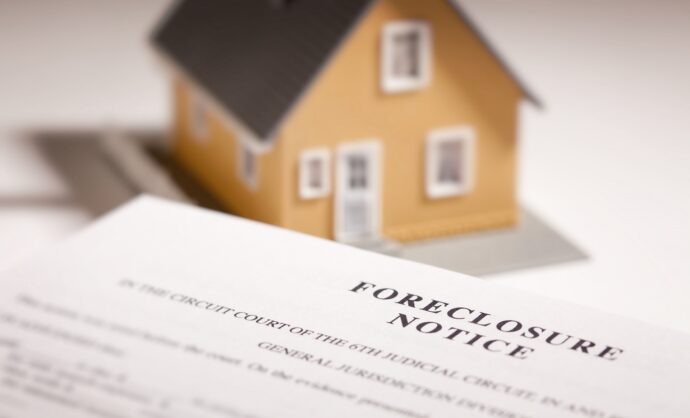How to Secure Loans to Stop Foreclosure: A St
Facing foreclosure can be overwhelming, but you’re no...



Understanding the home foreclosure process is crucial for California homeowners facing financial challenges. This guide provides an in-depth overview of the California foreclosure process timeline, legal procedures, and options to help homeowners make informed decisions.
Foreclosure is a legal process where a lender seeks to recover the balance owed on a defaulted loan by selling the property used as collateral. In California, the process is typically non-judicial, meaning it doesn’t involve court supervision, which can expedite proceedings.
At Arbor Home Loans, we specialize in providing tailored lending solutions to homebuyers, seasoned investors, and homeowners in foreclosure. Whether you’re looking to purchase, refinance, or secure hard money loans, we have a range of options to meet your needs. Our team understands the challenges homeowners face during the foreclosure process and is committed to helping you navigate these difficulties. From purchase to refinancing.
Arbor Home Loans is here to support you.
The California foreclosure process can be complex, but understanding the timeline and available options can empower homeowners to make informed decisions. If you’re a California homeowner needing assistance navigating the foreclosure process, Arbor Home Loans is here to help.
Contact us today to request a quote or learn more about how we can provide the solutions you need to overcome foreclosure challenges.
The five stages of foreclosure are: Pre-foreclosure (notice to contact borrower), Notice of Default (NOD) filing, Notice of Trustee Sale (NOS) issuance, Foreclosure Auction or Trustee Sale, and Post-Foreclosure (possession transfer or eviction). Each stage is defined by specific legal requirements and timelines designed to protect both borrowers and lenders.
The foreclosure process in California typically takes about 120 days under non-judicial foreclosure, though delays and postponements can extend this timeline. Judicial foreclosures may take longer due to court involvement and additional procedures.
When a mortgage goes into foreclosure, the lender initiates legal action to recover the unpaid balance by selling the property. The process involves notifying the borrower, filing legal documents, and ultimately selling the home at auction if the borrower cannot resolve the default.
In California, you can remain in your home until the new owner legally takes possession, which may involve an eviction process. Tenants may have up to 90 days to vacate under federal protections, while former homeowners typically must leave after the trustee sale is finalized and possession is transferred.

Facing foreclosure can be overwhelming, but you’re no...
Buying a foreclosed home could save first-time buyers 2...